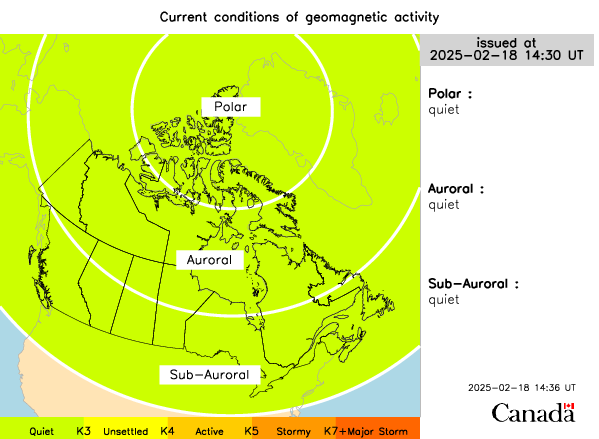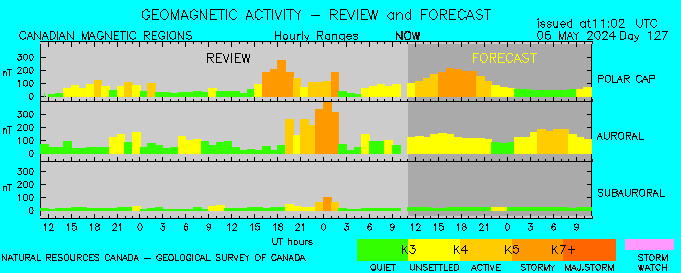A Stunning Display: Northern Lights Captured Across Ontario Thursday Night
/BY: Brennen Perry
PUBLISHED: Friday, March 24, 2023
Northern Lights over London, Ontario on Thursday (Mar. 23) Night
Ontario residents were in for a treat Thursday night as the breathtaking northern lights danced across the sky, creating a mesmerizing display of colors. In this article, we'll delve into the science behind the northern lights, explain how they form in a way that's easily understood, and share tips on how you can catch a glimpse of this natural wonder yourself.
The Science Behind the Northern Lights
At their core, the northern lights, also known as auroras, are a result of interactions between the Earth's magnetic field and charged particles emitted by the sun. These particles, carried by solar winds, are drawn towards the poles by the Earth's magnetic field. When they collide with molecules in the Earth's atmosphere, they create the vibrant colors we see in the sky.
Northern Lights over Northwestern Ontario on Thursday (Mar. 23) Night
How to See the Northern Lights
While the northern lights can be elusive, there are a few factors that can increase your chances of witnessing this awe-inspiring phenomenon:
Location: The closer you are to the Earth's magnetic poles, the better your chances of seeing the auroras. In Ontario, the best spots include areas with low light pollution, such as provincial parks and rural locations.
Time of Year: Although the northern lights can be seen year-round, they're more active during the spring and autumn months due to increased solar activity.
Weather Conditions: Clear, dark skies are essential for optimal viewing. Keep an eye on the weather forecast and plan your aurora hunting around cloudless nights.
Aurora Forecast: Various organizations provide aurora forecasts, which can help you determine the likelihood of seeing the northern lights on a given night. These forecasts take into account solar activity and other factors that influence auroras.
Here are some popular resources for checking aurora forecasts:
Space Weather Prediction Center (SWPC) - NOAA: The SWPC, operated by the National Oceanic and Atmospheric Administration (NOAA), provides real-time monitoring and forecasting of solar and geophysical events, including aurora forecasts. Their 30-minute aurora forecast can be found at https://www.swpc.noaa.gov/products/aurora-30-minute-forecast.
Aurorasaurus: This citizen science project allows users to submit aurora sightings and view a real-time map of reported sightings. Aurorasaurus also provides alerts and an aurora forecast. Visit their website at http://aurorasaurus.org/.
SpaceWeatherLive: SpaceWeatherLive offers information on solar activity, including real-time data, alerts, and an aurora forecast. You can check out their aurora forecast at https://www.spaceweatherlive.com/en/auroral-activity/aurora-forecast.
University of Alaska Fairbanks Geophysical Institute: The Geophysical Institute at the University of Alaska Fairbanks provides an aurora forecast for both the northern and southern hemispheres. Visit their forecast page at https://www.gi.alaska.edu/monitors/aurora-forecast.
These resources can help you stay informed about the likelihood of seeing the northern lights on a given night, increasing your chances of witnessing this incredible natural phenomenon.
Northern Lights over Georgian Bay on Thursday (Mar. 23) Night
The northern lights are a stunning natural phenomenon that can be witnessed in Ontario, provided the conditions are right. By understanding the science behind these colorful displays and keeping the above tips in mind, you too may have the chance to experience the magic of the auroras.
Don't forget to capture the moment and share your photos with the Instant Weather community! You can share your northern lights photos with the community by joining our Ontatio Storm Reports group:







